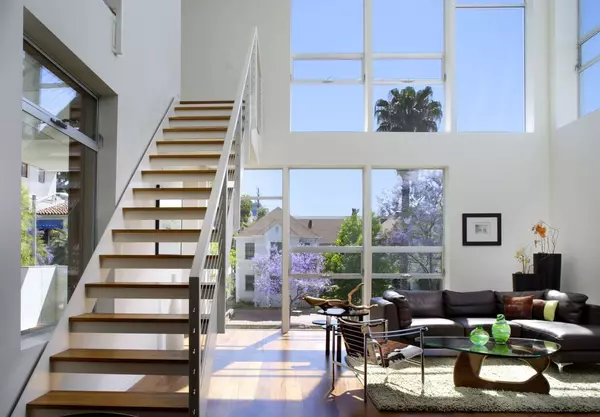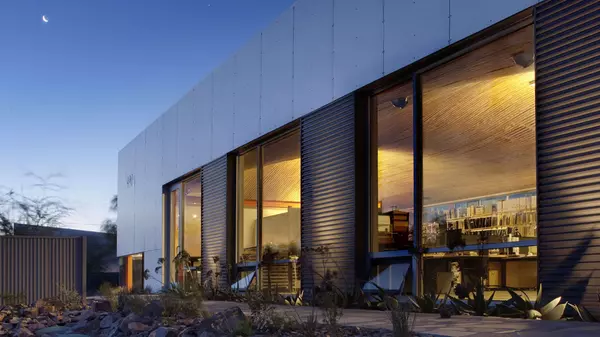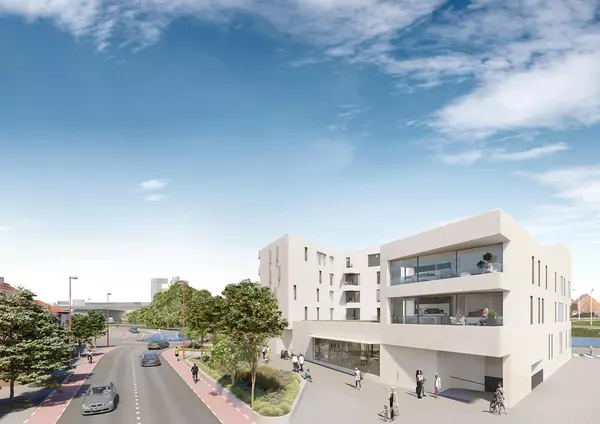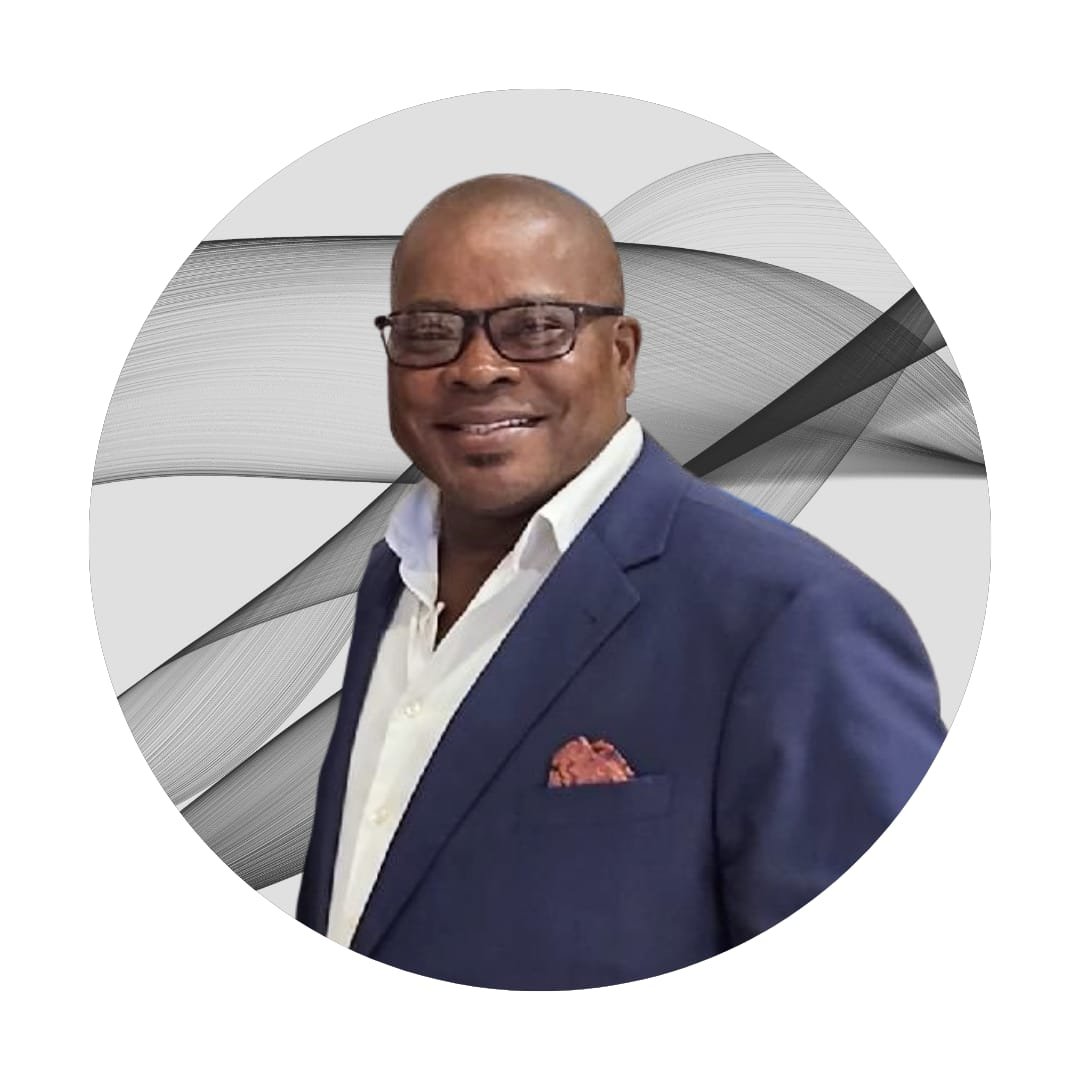This photographer wants to help women see what she sees—that they are beautiful, powerful
Galina Semenova knew she wanted to focus her fine art photography on telling the stories of women, so when a friend was diagnosed with breast cancer in 2020, it was an opportunity to use her art to support another woman.
“My friend … went through chemotherapies and radiation, and she had mastectomy, and she hadn’t had reconstruction yet. At that time, she was bald and she didn’t like herself at all; she couldn’t look at herself. We decided to do the photo session for her, so we created this amazing, beautiful photo session,” Semenova recalls. “When she saw the images, it was very powerful for her. She could see herself from my eyes and when I see somebody, there is no judgment. I think that’s what the portraits do, there is no judgment and women can see themselves through another person. When we see ourselves in a mirror, there is this kind of automatic self-image, and there is a lot of judgment to this image, toward this image. When we see ourselves through the eyes of another person, it’s a little bit different…and that’s exactly what I do. I just show women how I see them.”
The decision to focus her work on uplifting the voices and stories of other women came in 2018, after years of searching for the kind of photography subject that resonated most. Growing up in Russia, Semenova fell in love with photography after being introduced to the form through a friend’s Polaroid camera. She spent the following years teaching herself the details and functions of cameras and photo editing software before taking classes at a photography school in Moscow to sharpen her skills and elevate her understanding of the artform. After moving to the United States in 2009, she continued attending classes and workshops, learning from professionals whose work she admired, and turned her camera on herself with self-portraiture, for which she earned a lot of recognition and awards. She found the process of the self-portraits was therapeutic, facilitating significant healing in her own self-love and acceptance; maybe this could help other women heal in similar ways. Womanity Portrait Foundation is the nonprofit she started in 2024 to help breast cancer survivors, and all women, in finding greater self-confidence.
Semenova, 44, lives in Mission Hills and runs workshops, retreats, and photo sessions, in addition to her fine arts work. She took some time to talk about her desire to use her photography and artistry to advocate for women and contribute to social change.
Q: Tell us about Womanity Portrait Foundation.
A: I work with breast cancer survivors and the mission is to help breast cancer survivors reclaim their identity and resilience and community through healing centered photography workshops and retreats. This is the mission of the project right now, but if I would talk about bigger mission, bigger mission is to give voices to women around the world who are facing hardships—like economical hardship, the hardships of dealing with law changing, like we have this whole law situation with abortions—so I wanted to give the voices to all the stories of women, to create a social change, to create the awareness about the issues, to create compassion and empathy. The biggest idea is to create social change, for the social impact of my work.
I was on a search for a subject for a very long time. I tried many, many different genres of photography — landscapes, black and white, still life, studio work. I realized that I want to work with women, I want to tell women stories through the art of photography, I want to help women see themselves from the different lens, so they can see their own resilience, so they can see their own beauty, and so they can gain self-confidence because I think Western culture is a lot of conditioning: How women should be, what is beautiful, what is not beautiful? What is acceptable, what’s not acceptable? There’s a lot of conditioning that women in Western culture grow up with, starting with the Barbie dolls and how thin we need to be, how our boobs need to look, how hair needs to be, all of this. I wanted to have women, through photography and working with them, showing them that they are beautiful, that they are powerful. Through this, that creates this self-compassion, self-confidence. I think when we are self-confident, we can build everything that we want to build, we can achieve everything that we want to achieve, and that’s the kind of mission that I took upon myself. I like to use photography for the benefit of others, not just beautiful images.
What I love about Mission Hills…
The walkability of it; I can just walk to coffee shops. Also, I like architecture. I like how old houses are old because almost every other house here is a historical landmark, and I like how they all have their own character. I like the character. It’s so beautiful, and I find it fascinating, and I like to walk here and just see the architecture.
Q: What led to the development of a nonprofit that’s focused on this kind of work?
A: I just decided that I want to work with breast cancer survivors because these women need this work the most after undergoing all the surgery and have all the scar tissue, and the hair is not already grown back. Everything has changed and there is a lot of resistance and aversion to their own image, how they look. It’s hard to accept this new normal for themselves, the new body, how they look. I decided I want to work with them and I want to help them, but the majority of women who go through breast cancer journey, unfortunately, they cannot work because all the treatments are very, very hard on the body. I cannot charge them for this work, and that’s where the idea of creating nonprofit came about.
Right now, my nonprofit has three different programs. “Portraits of Resilience” is the (photo) sessions. Another one I offer is a workshop on how to use self-portraiture, called “Self-Portraiture as Divine Reclamation.” The third program we offer is a one-day retreat. All those programs are free of charge for breast cancer survivors. On Nov. 19, we’re going to teach mindfulness practices and resilience, and it’s also going to be a workshop on makeup and beauty practices. We’re going to talk about non-toxic skin care and how to apply makeup when the skin has changed.
With the portrait, it’s the same as I would work with any other woman. I learn about the woman, I learn about her journey, I learn about what she likes and about her as a human being-what her interests are, her journey, what she would like to achieve. I just learn about the person as much as I can, and then I create a vision board of what we can do, and how we can tell the story, to give her the result that she would like to have from this photo session, the story that she would like to tell for this photo session. Then, we just pick the date and we come together and do this creative work. When I work with people from my photo sessions, it’s always collaborative work. It’s not just me telling them what to do, we both create this. So, I always bring them in as a co-creator, which I think makes it more powerful and more engaging.
Q: Your website mentions, and shares a link, to a study about therapeutic photography. Can you tell us what this is?
A: Therapeutic photography is no different than any therapeutic art. Just being involved in the process of creating is a therapy. Right now, we have so many different studies on art and the healing properties of art, so it’s not even a question anymore if art is healing. As for photography, just the process of creating, the process of looking at yourself and acknowledging the stories we told ourselves, just sitting with this and actively engaging in the process of creating, like creating a portrait, this process facilitates self-compassion. Looking at what we create facilitates this acceptance because it creates this beautiful space of presence with it. Then, working with yourself, we acknowledge our own stories, our own feelings, our own pain, or happiness. Actively acknowledging, actively accepting, it just comes organically when we engage in this practice because it helps us to look at ourselves through different lens, and give us different perspective on what we see. By sitting with it as an action, it creates this self-compassion and we find peace with it, rather than running away from it and being scared of that.
Q: How were you introduced to this kind of photography?
A: That was my practice with myself. A big part of my artistic journey, and my artistic work, have been self-portraiture, so I created a lot of self-portraits. I received a majority of my recognition and awards for self-portraiture. I got into self-portraiture because of my unhealthy relationship with my own body, my own stories and depression. Like many other issues that I had with myself, I use self-portraiture for a long time just to transcend the pain that I was going through. To create an image of this pain because, somehow, when I was able to create through this energy of pain and suffering, I could transcend it. There was a lot of time I used it just to help myself to process something. When I started creating self-portraiture on a more professional level, it was still the same. It was still the same thought of, ‘I don’t like how my body looks. Let me try to photograph myself so I can look at myself and, hopefully, find peace with it,’ so it’s my personal work with myself. That’s where I got this idea because I know from my personal experience that it works, and if it works for me, then it will work for other people, too.
Q: You started taking pictures at 12 years old. What was it about taking pictures that captivated you?
A: The moments that we can freeze, the moment of time I could freeze and come back to years later, or days later or months later. It freezes moment in time, it freezes memory in time, it freezes something in time, and it becomes timeless. What fascinates me is it can make a change in our lives, something that we can come back to, or something we can look at, can make changes. If we look at all the documentary photography, for years since photography was invented, photography created a lot of changes. It made people aware about things or events, it’s not just freeze this moment in time, but it’s also such a powerful medium of making changes.
Q: Your website talks about using photography and portraiture as a means of finding self-love and acceptance; are you comfortable sharing what your own journey toward self-love and acceptance has looked like?
A: I definitely know that the process of photographing myself helped me because I started creating my own nudes. It’s very vulnerable place to be because I can count times, probably on my fingers, how many times I was looking at myself in the mirror, naked, and I was like, ‘Oh, I’m actually looking nice.’ It was always judgment. This process of putting myself in front of the camera nude helped me to see. When I was looking at the images, I was like, ‘Oh, I’m actually beautiful.’ It’s kind of like it helped me to see myself in a different way and stop being so judgmental to myself, which was a big step for me. Before I did that, I think I only like my face. This was the only one part of my body that I was enjoying, but the rest was really a lot of judgment. Other people would say how I looked good, but this is not what I saw in mirror, so it just helped me kind of transform the way I looked at myself and it brought a lot of acceptance.
Q: What are you currently working on, or what’s happening next, with your nonprofit and your fine art photography?
A: I have quite few projects, important projects, right now. When I work with breast cancer survivors, through my “Portraits of Resilience” program, I’m creating the body of work that I will be able to showcase at some point and tell the stories of these women. My idea is to eventually be able to photograph women all over the world and tell the stories of breast cancer, how breast cancer looks and what women go through. What they have here, in California, it’s a really great support for breast cancer patients, but if they go to Nevada, it’s completely a different situation. If we even go to different states in United States, we find completely different problems. The resources that women have are not the same from state to state. I would like to tell this story through this project, so that’s what I’m creating. I would love to start traveling internationally and photographing women who have breast cancer in different countries, and see what it means to have breast cancer today in the world as a woman. I don’t know when that’s going to happen, but it’s going to happen.
Also, as an artist, I received a grant from Chua Vista, a performing and visual arts grant that they hold annually, and I am working on a project right now with Stage 4 breast cancer survivors. It’s only stage four because metastatic breast cancer is terminal. There is no cure for that. Every time I think about it, I’m always crying because it’s very emotional. I think we have so much to learn from these women who live with this terminal illness every day-the humility, the humanity, how they treat every day, the gratitude. There’s so much more that this diagnosis changes in people’s lives, and I want to tell the story for this project. The name of the project is Dream Beyond Tomorrow because with a terminal illness like a Stage 4 breast cancer, you never know if you’re going to have tomorrow. You live one day at a time, so that’s the project that I’m working on right now and I’m still looking for Stage 4 breast cancer survivors, women here in San Diego to be part of this project. We’re also going to create a short film about this project and the exhibition is going to be in May 2026, and it’s going to be in Chula Vista.
Q: What is the best advice you’ve ever received?
A: I think best advice I’ve ever received is “halfway is better than no way” because I’m a perfectionist and I tend to tend to wait when the things will line up perfectly fine. Felena Hanson, the founder of Hera Hub coworking spaces, she told me, “Galina, halfway is better than no way. Even if you have something already, just go with it. It’s going to move you further than if you don’t make any steps. It doesn’t have to be perfect.” I think that was the best advice for me because I stopped myself from doing things because I wanted them to be perfect, but there is no perfection.
Q: What is one thing people would be surprised to find out about you?
A: That I am a very shy person.
Q: Please describe your ideal San Diego weekend.
A: My ideal weekend probably would be have a brunch with my friends — I’m a brunch person — and attend some beautiful art opening reception.
Categories
Recent Posts










GET MORE INFORMATION


